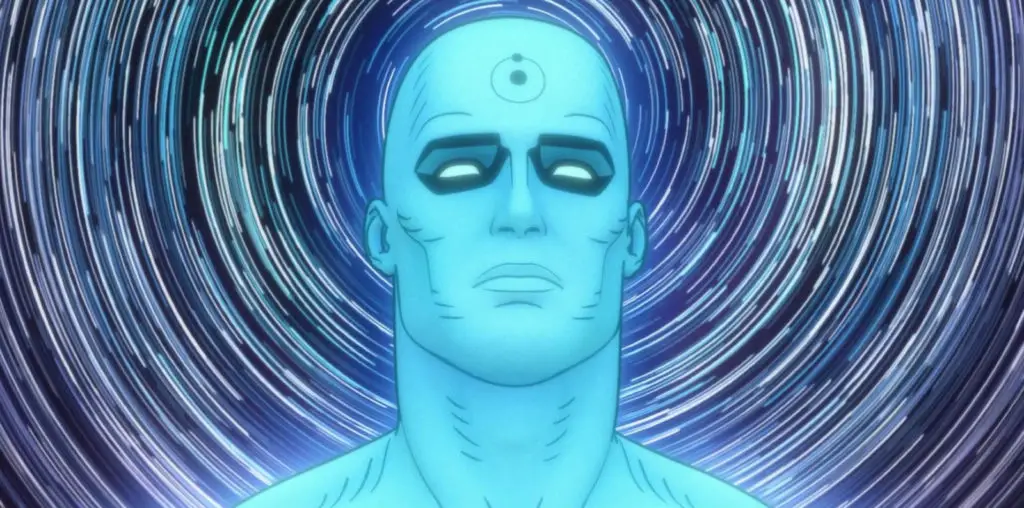
Whether it is two males, two females, or one male and one female, when two people’s faces are within a certain proximity, usually a small one, we assume and half-expect them to kiss. The only times we know they wont kiss is when the persons involved are related and the movie isn’t about incest or kissing and taboo. When Scott Speedman wrestles James Marsden onto a couch in Tony Piccirillo’s play-turned-film “The 24th Day,” and their faces are mere millimeters apart, you anticipate a kiss. Even if you’re disconcerted and repulsed by the idea, you still think they will do it. After that moment, they spend some ten minutes talking about how many guys they’ve bedded, which is a bit unsettling. It’s not that they’re two guys or even two straight actors playing homosexual characters—it’s because you’re looking at Ben from ‘Felicity’ and Cyclops. After getting over this initial shock, or rather discomfort, we watch attentively and realize that Scott Speedman can quickly shed his boy-next-door persona and James Marsden is not as virtuous as the one-eyed X-Man.
“The 24th Day” focuses on twenty-four tense and unpredictable hours Tom (Speedman) and Dan (Marsden) spend together. What begins as a casual conversation in a bar leads to an overnight ordeal in Tom’s apartment. No one needs their stomach pumped, no one is taken advantage of, but there is physical and emotional pain to go around. Through cryptic hints and accusations, Tom informs Dan that they know each other, they’ve slept together before, and someone is going to pay for consequences of past actions. That someone is Dan. The night is still early when he finds himself held captive, insisting that he has never met Tom prior to meeting in the bar. Whose memory is muddled and why exactly is Tom so determined? The more the two talk, the harder it is to know who is telling the truth. Tom and Dan go from discussing the movie game, sex, AIDS, shitting, sports, Charlie’s Angels, methods of murder, double standards regarding sexuality, and college to physical hostility. There is something creepy about Speedman. His ostensibly harmless disposition makes him more unnerving and the discrepancy between casual banter and careful bullying is stronger. When he turns spokesperson for physical health public announcement, you uncomfortably cower before his seriousness.
While the initial weirdness of “Ben” and “Cyclops” possibly getting it on subsides, the film directs your attention to its structure. Even if you didn’t know “The 24th Day” was based on a play, the way sound echoes, the lighting, the manner in which dramatic tension builds, and how the camera cuts in certain scenes shout “theatre aesthetic.” The exceptions are the parts that take place outside the apartment. Oddly, just when you feel as if you could be watching the play filmed, the camera starts to cut in ways to remind you that you are still watching a movie. Only in a film can a camera deliberately cut to indicate a passage of time and incorporate visual effects to differentiate between settings and past/present. For example, non-apartment and flashback sequences come in three colors: bright cyan, cool blue, and reddish brown. The visual distinctions are supposed to add variety to the look and presentation of the narrative, but it actually pulls you out of the cinematic factor of the film and into the mindset of “looks like a play” vs. “looks like a movie again.” When the film is nearing its end, rather than hope that you never see Ben and Cyclops get within kissing distance of each other again, you are wondering why the director kept the theatrical aesthetic instead of immersing in the cinematic. The most positive thought you’ll have from watching “The 24th Day” is that paper towels burn very prettily. But don’t try it at home.
